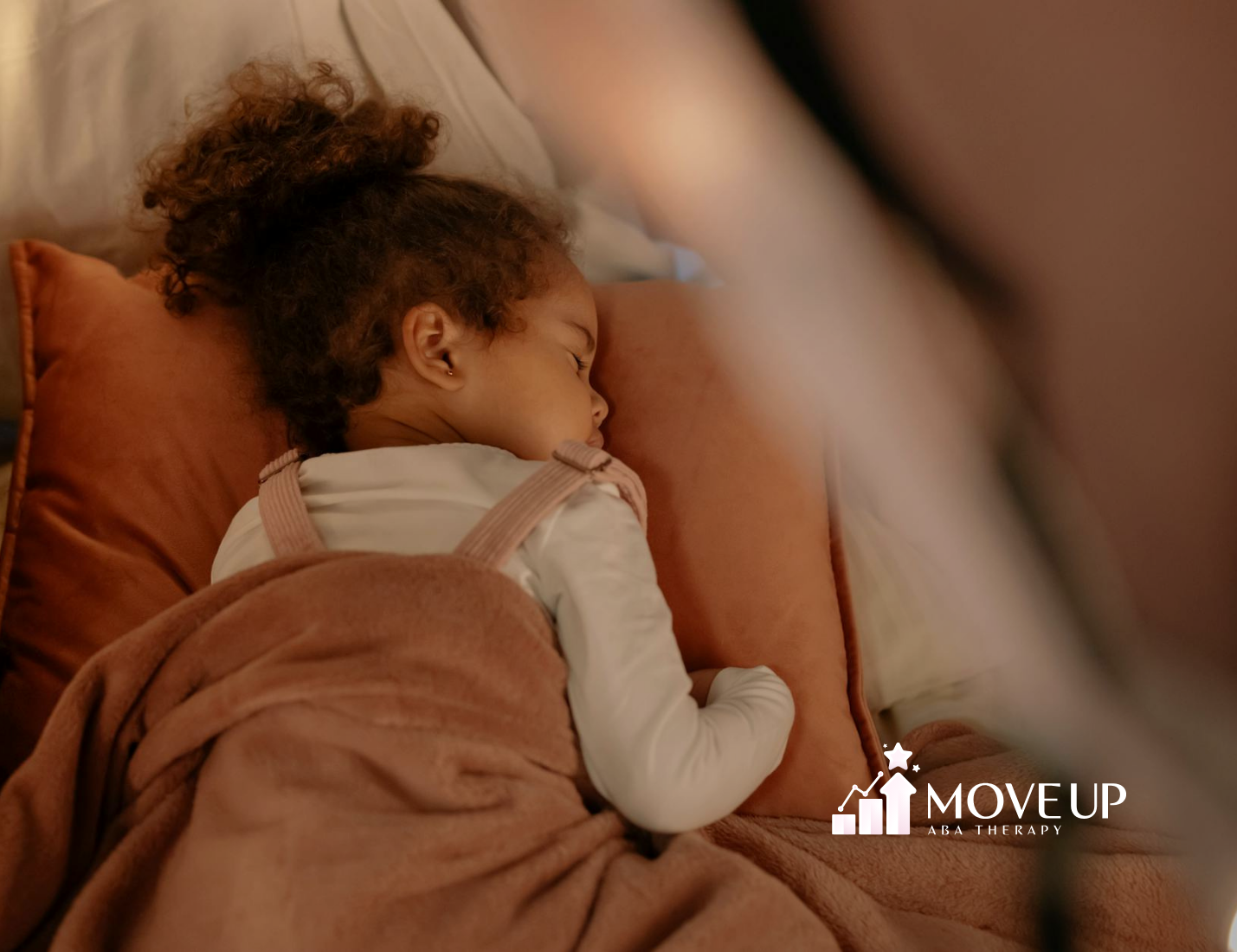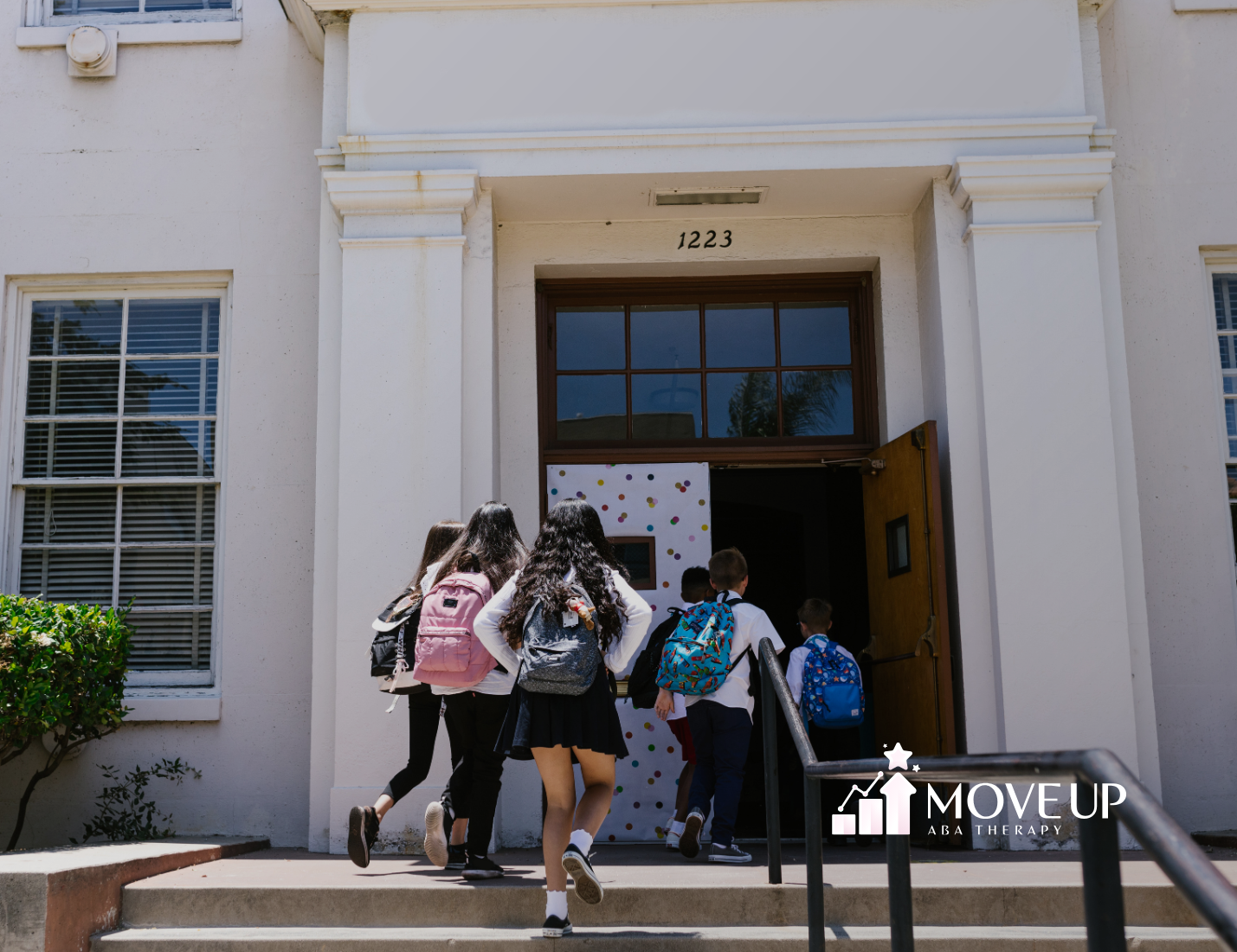Introduction
The Registered Behavior Technician (RBT) certification is a critical credential for those working in the field of Applied Behavior Analysis (ABA).
As the frontline providers of ABA services, RBTs play a crucial role in implementing behavior intervention plans and supporting individuals with autism and other developmental disorders.
Achieving RBT certification requires passing a comprehensive exam, which assesses a candidate’s understanding of ABA principles and ethical practices. This article provides an in-depth look at the how many questions on the rbt exam, its passing score, and effective strategies for success.
What is the RBT Exam?
Purpose of the RBT Exam
The RBT exam is designed to evaluate the knowledge and skills of individuals who have completed the required 40-hour training program in ABA principles.
The certification ensures that RBTs possess the necessary competencies to deliver effective, ethical, and high-quality behavior support under the supervision of a Board Certified Behavior Analyst (BCBA).
Success Stories
“Move Up ABA has been a lifeline for our family. Before starting therapy, our son struggled with daily routines and communication. Now, he’s more independent and even initiated a conversation with a classmate for the first time! The progress we’ve seen in just six months is truly remarkable.”
- Emily R., Silver Spring, Accountant
“As a single dad, I was overwhelmed trying to manage my child’s behavior. The Move Up ABA team not only provided amazing support for my little girl but also taught me practical strategies to use at home. Their in-home sessions fit perfectly with our busy schedule. I’m so grateful for their patience and expertise.”
- Michael T., Rockville, Middle School Teacher
“We were hesitant about starting ABA therapy, but Move Up ABA’s approach put us at ease from day one. Our twins have made incredible strides in their social skills and self-regulation. The therapists are like extended family now, and we couldn’t be happier with our decision to work with them.”
- Aisha and James L., Simpson, Police Officers
Ready to start your child's journey to success? Schedule a free consultation today! 📞 Call (410) 497-8865.
Structure and Content of the Exam
The exam consists of 85 multiple-choice questions, with 75 scored questions and 10 unscored pilot questions. The questions cover the following areas:
Measurement: Understanding data collection, graphing, and interpreting behavior patterns.
Assessment: Knowledge of conducting preference assessments and understanding baseline data.
Skill Acquisition: Implementing teaching procedures, prompting, and reinforcement strategies.
Behavior Reduction: Identifying and applying interventions to decrease challenging behaviors.
Documentation and Reporting: Accurately recording data and communicating with supervisors.
Professional Conduct and Scope of Practice: Adhering to ethical guidelines and maintaining professional boundaries.
Exam Format and Administration
The RBT exam is administered by Pearson VUE at approved testing centers worldwide.
It is a computer-based test, typically lasting 90 minutes. Candidates must schedule their exam in advance and bring valid identification on the test day.
What is the RBT Passing Score?
Determining the Passing Score
The passing score for the RBT exam is not a fixed damar services phone number but is based on a scaled scoring system ranging from 0 to 250. To pass, a candidate must achieve a score of at least 200.
This score reflects the candidate’s ability to demonstrate proficiency in the core competencies required for the RBT role.
Scaled Scoring Explained

This means that even if one version of the exam is slightly more challenging than another, the scaled score ensures that all candidates are assessed fairly.
The raw score (the number of correct answers) is converted into the scaled score to provide a consistent measure of performance across various exam versions.
Effective Strategies for Passing the RBT Exam
Comprehensive Study Plan
Creating a structured study plan is essential for exam success. Allocate specific time blocks each week to review key content areas, take practice tests, and address any weaknesses in your understanding.
Review the RBT Task List: The Behavior Analyst Certification Board (BACB) provides an RBT Task List, outlining the essential knowledge and skills required for the exam. Use this as a checklist to guide your studies.
Practice Data Collection: Familiarize yourself with different types of data collection methods, such as frequency, duration, and interval recording.
Practice interpreting data and making data-driven decisions.
Understand ABA Terminology: Be comfortable with common ABA terms and definitions. Knowing the precise meaning of terms like “positive reinforcement,” “extinction,” and “prompt hierarchy” is crucial.
Utilize Practice Exams
Taking practice exams helps you become familiar with the format and timing of the RBT exam. It also allows you to identify areas where you need further study.
Look for practice exams that simulate the actual testing environment and provide detailed feedback on your performance.
Engage in Supervised Practice
Applying your knowledge in real-world settings under the supervision of a BCBA can greatly enhance your understanding of ABA principles.
Seek opportunities to work directly with clients, collect data, and implement behavior intervention plans. This practical experience will reinforce your learning and boost your confidence.
Join Study Groups or Forums
Connecting with other RBT candidates can provide valuable support and motivation.
Participate in study groups or online forums where you can discuss challenging topics, share resources, and exchange study tips.
What to Expect on Exam Day
Preparing for the Exam

Arrive at the testing center early to allow time for check-in procedures.
During the Exam
Stay calm and focused. Read each question carefully and manage your time effectively, aiming to answer all questions.
Remember that it’s better to make an educated guess than to leave a question unanswered.
After the Exam: Next Steps
Receiving Your Results
You will receive your official score report immediately after completing the exam.
If you pass, you will be listed as an RBT on the BACB registry, and your certification will be valid for one year.
You will need to complete ongoing supervision and meet continuing education requirements to maintain your certification.
What If You Don’t Pass?
If you do not pass the exam, don’t be discouraged. Review your score report to identify areas of weakness and develop a focused study plan. You can retake the exam after a waiting period of seven days. Use this time to reinforce your understanding and gain more practical experience if possible.
Conclusion
Achieving the RBT certification is a significant step in a professional career in ABA therapy. By understanding the structure and requirements of the RBT exam, preparing thoroughly, and utilizing effective study strategies, candidates can confidently approach the exam and achieve a passing score.
With dedication and perseverance, you can succeed as an RBT and make a meaningful impact in the lives of those you serve.







